Due to innovations in technology and automation, technology keeps changing and transforming with time. IT monitoring and management is an important aspect of all organizations regardless of their size, location, or workload. When it comes to IT processes, issues and protocols, all concepts are universal and face similar issues everywhere.
This IT management terms or IT monitoring terms glossary brings together numerous IT components, issues, protocols and processes.
A
Active Directory: A directory service developed by Microsoft for Windows domain networks.
Active Directory Authentication – Protocols that authenticate users, services, and computers, and allow secure access of resources to the users.
Acknowledgement (ACK): A signal during the communication process that signifies the receival of response as a part of communication protocol.
Application Performance Monitoring (APM): An IT process that monitors a software application’s performance to provide a quality experience to end-users.
Application Programming Interface (API): A set of protocols, definitions and tools to build application software.
Agentless Monitoring – Collects infrastructure performance metrics without installing any agent software on devices or servers.
Application Availability – A measure that evaluates the functionality and usability of an application against a business or individual’s requirements.
B
Blocking Query – A process when a connection in SQL server blocks a query.
Bottleneck: A bottleneck in a network happens when the traveling data becomes too large to cause a slowdown in the data traffic. A bottleneck negatively affects application or network’s performance and can result in downtime or a crash. An effective network monitoring and management lowers the risk of bottleneck.
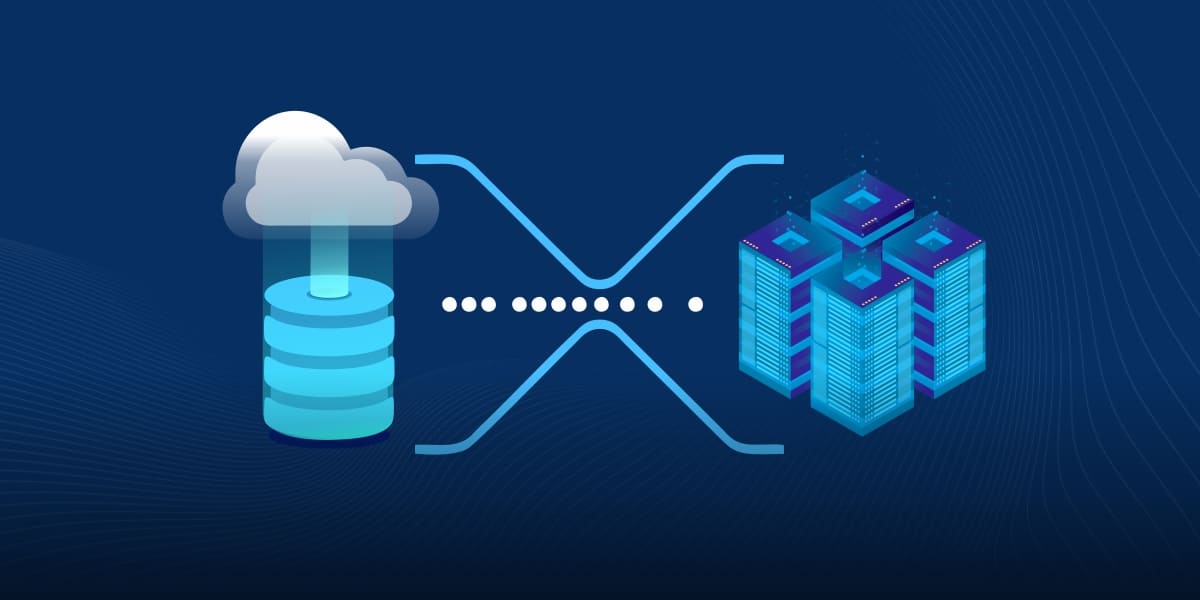 Buffer Cache: A memory that lets you quickly query frequently accessed data.
Buffer Cache: A memory that lets you quickly query frequently accessed data.
C
Capacity Planning – The process that examines infrastructure performance variances gathered over time and uses the statistics to develop models for short and long term planning of resources.
Change Tracking – A process that tracks changes in your physical and virtualization infrastructure.
Command-Line Interface: A text-based interface used by network teams to manually look over files and data. These commands enable quick OS management and troubleshooting.
Communications Protocol: A system that allows multiple communication entries for transmitting information.
Control Panel: An application that controls different system configuration aspects.
D
Database Auditing: Monitoring and recording selected user database actions.
Database Mirroring: A disaster recovery and availability technique which includes maintaining two copies of a database that reside on different server instances of SQL server database engine.
Database Monitoring – The process of tracking database resources and performance to build and maintain high-functioning application infrastructure.
Data Consolidation: An IT management method that helps reduce operating costs and IT footprint by reducing the size of a facility or merging one or more facilities together.
Data Exfiltration: An unauthorized data transfer.
Data Flow Analysis: A process which gathers data about a program and uses control flow graph to determine how to optimize the program.
Disk I/O: Measuring how much data in megabytes per second is experienced by the server disks.
Dashboard – A data visualization tool that allows users to have a quick view of key performance indicators related to their project, department, or business.
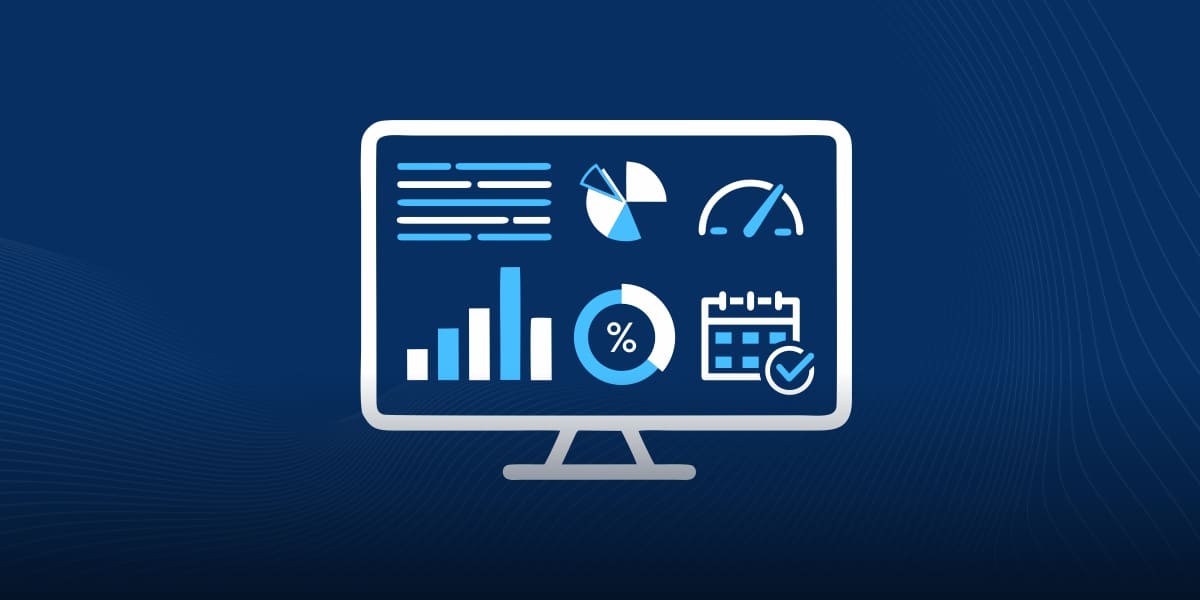 E
E
Expensive Queries – Database queries that are slow and take a lot of time reading and writing to disk during execution.
Event Log Monitoring: A process that helps administrators to monitor event logs showing activity in a network. It is related to a bigger security concept known as Security Information and Event Management (SIEM) that provides details methods of monitoring network activity in terms of performance, security and operations.
F
Firewall Logs – Information about security threat attempts on a network and the nature of incoming and outgoing traffic of a firewall.
Forensic Analysis – The analysis and monitoring of network traffic and data packets transferred over the internet for malware and intrusion detection. It includes collection and recording, analysis of data, and troubleshooting.
Flow Data Analysis – A technique used to gather information about possible set of values that are calculated at different points in a computer program.
H
Heterogeneous Network: A network where devices with different OS such as Windows, MacOS, Linux, etc., are connected.
Hybrid IT Resources: IT resources that are partly managed on-premise and partly hosted on the cloud.
Hybrid Cloud Monitoring – A process that tracks application and web server metrics, operational workflow, and performance across private and public clouds and on-premise IT space.
Hyper V: A technology by Microsoft by which users can create a virtual machine environment and manage multiple operating systems on one physical server.
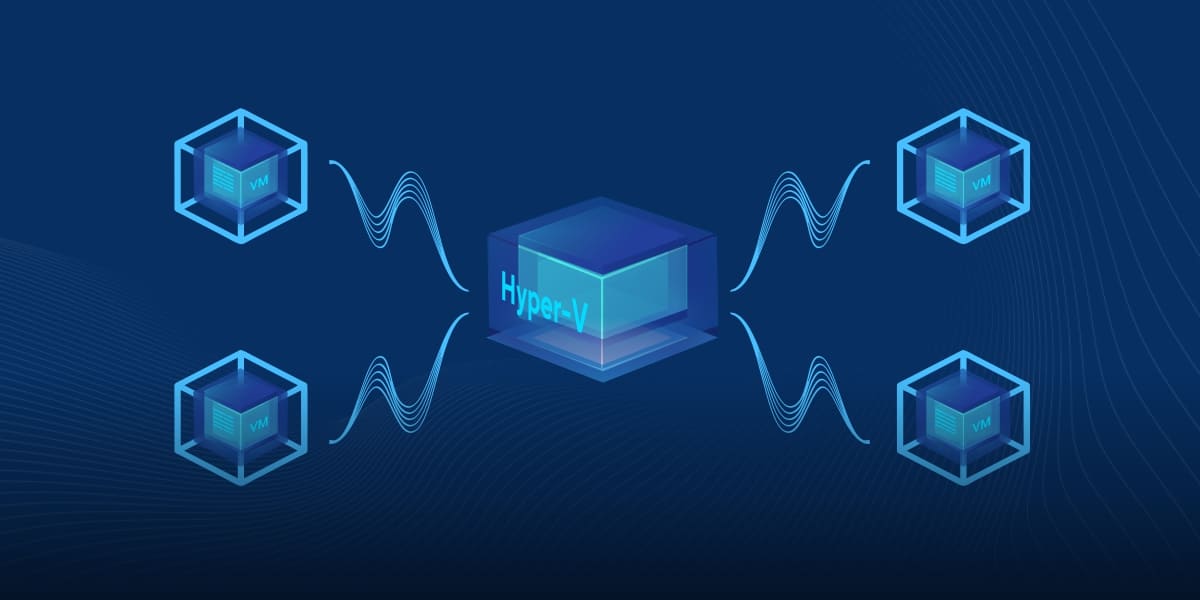 Heatmap – A graphical representation of data to understand what a user does on your website – the pages they click, how far they scroll, and what they look at or ignore.
Heatmap – A graphical representation of data to understand what a user does on your website – the pages they click, how far they scroll, and what they look at or ignore.
I
Inventory Tracking – Process of keeping a track of your device inventory along with their relevant hardware and software.
Internet Protocol (IP): Communications protocol that sends and receives datagrams across a network boundary and connects all networks across the internet.
IIS Monitoring – Monitoring of performance and response time of IIS web server that lets you share information with other users on the internet and intranet.
L
Log Analysis: The process of reviewing, analyzing and interpreting computer-generated records known as logs.
N
Network Analytics: A term used in IT monitoring terminology for security, monitoring and network management operations. It provides an insight into the performance of network to IT teams. It also provides data about how the users are operating.
Network Automation: It includes software that automates network processes by managing, monitoring and controlling devices in the network. It helps streamline network operations and reduces the potential of human error.
Network Configuration Management: In IT management terminology, network configuration management involves overseeing network configurations. It maintains historical data about all programs, updates and devices in the network and simplifies monitoring and management.
Network Monitoring – An IT process where all network components like switches, routers, servers, VMs, and firewalls are monitored and evaluated for performance to ensure their availability at all times.
Network Mapping – The process that is used for discovering and visualizing physical and virtual network connectivity via interrelated tasks that together form a network map, including network diagrams, device inventories, flow charts and topology detection.
O
Object Monitoring – The process of collecting and monitoring data on usage of inventory object resources.
P
Protocol: A set of regulations determining how a device can view, send, and receive data for clear communication across a network.
R
Real-Time Analytics: Using all available data and making decisions on the go.
Real-Time Monitoring: Receiving information about network events as they happen. It helps IT monitoring teams see network trends and make informed decisions.
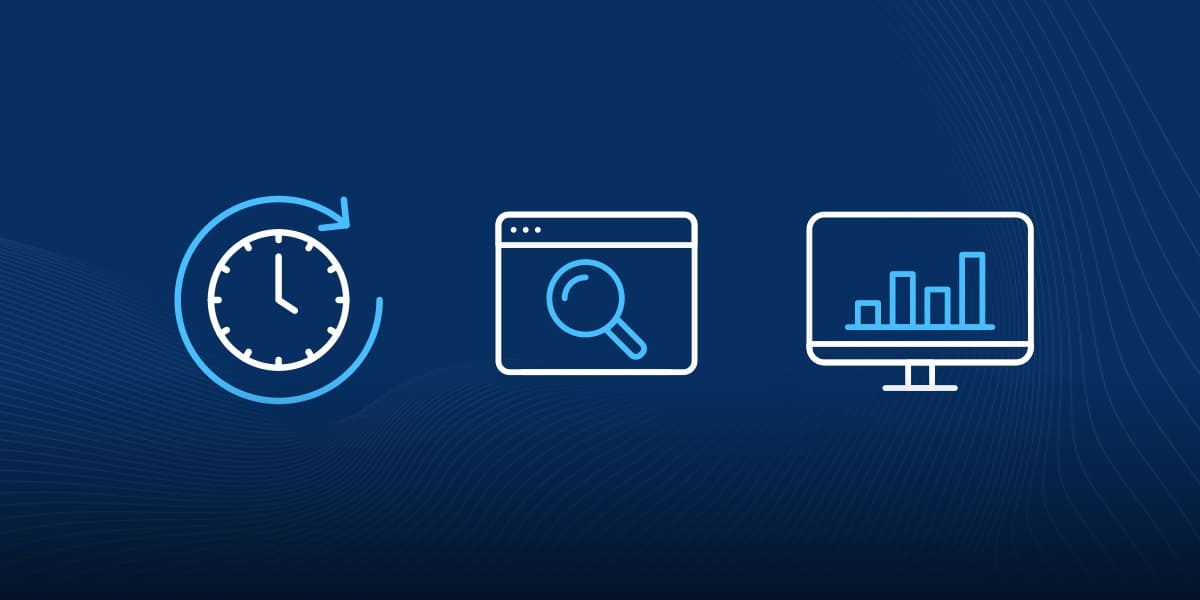 Remote Monitoring and Management (RMM): The process in which local software agents install and manage new or updated software remotely. Management also includes detecting threats and providing reports.
Remote Monitoring and Management (RMM): The process in which local software agents install and manage new or updated software remotely. Management also includes detecting threats and providing reports.
Recursive Alarms – One of the key functionalities of VirtualMetric is a recursive alarming system. Even if the smallest component of your environment is indicating a potential issue, all the connected components will present a notification for you. In this way you can identify the seriousness of the case and which parts of the system will be affected.
Route Analytics: A monitoring technology that analyzes routing protocols and structures in meshed IP network.
Routing Protocols: This indicates how communication takes place between routers.
S
Secure Sockets Layer (SSL): An industry standard that is used to securely transmit data over the internet. Certificate authorities issue trusted security certificates that are recognized by the servers.
Security Monitoring – A process that collects and analyzes potential security indicators and threats to respond with appropriate action.
Server Monitoring: The process of tracking the ongoing activity on physical and virtual servers.
Service Level Agreement (SLA): An agreement between a vendor or service provider and a customer that determines the level of service. It basically lays down what service the customer is expected to receive. It is related to the production, speed, uptime, etc. of a service.
Simple Network Management Protocol (SNMP): Just like the CLI commands, SNMP also enables IT teams to control the network. It can be particularly beneficial to larger networks since this protocol provides a single interface for viewing and controlling numerous network nodes. SNMP is also a common protocol used in Linux servers to manage and monitor IT networks.
Software Application Architecture: The process where a structured solution meeting all operational and technical requirements is defined. It ensures that all quality attributes like security, performance, and manageability are optimized.
Software as a Service (SaaS): It is a software delivery model which allows users to subscribe to a centrally hosted application and use it via a web browser.
Software Asset Management (SAM): It is a part of IT asset management of policies, procedures and processes that support procuring, deploying, using, maintaining and disposing of software applications in an organization. The process also ensures that the organization doesn’t overspend on software and complies with licensing requirements.
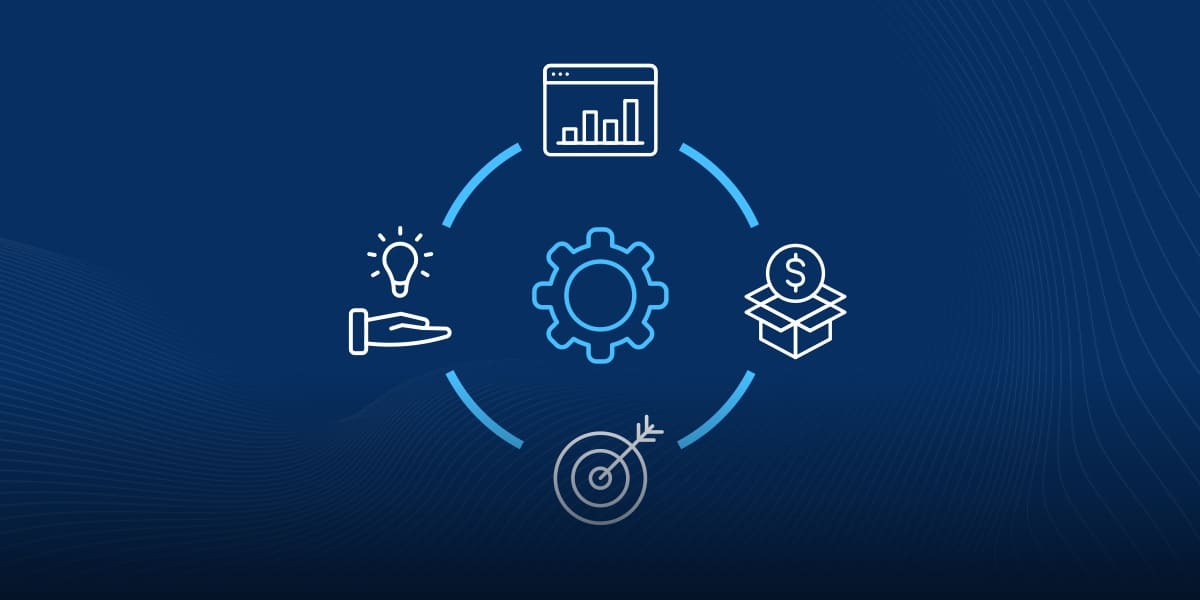 Snapshots – a file-based representation of the state of a system or virtual machine at a particular point in time.
Snapshots – a file-based representation of the state of a system or virtual machine at a particular point in time.
Synthetic Transaction – These are the result of scripts that simulate activity that is normally performed on a website or application by real users.
T
Transmission Control Protocol (TCP): A communications protocol that ensures reliable transmission of messages between devices within a network.
U
User-defined Transaction Profiling: It tracks a user’s activity within the components of an application.
V
vHBA Reports – Virtual Host Bus Adapter reports provide information on vHBA inventory and help identify virtual machines overtaking I/O streams.
Virtual Machine (VM): A computing resource that users software to deploy applications and run programs instead of physical computer hardware system.
Virtual Systems Management: It allows IT teams to monitor and manage network and virtual network components and actions, such as VPNs or virtual servers. IT teams have a single console for monitoring network components and managing OS operations without disrupting applications or systems.
VM Rightsizing – An administrative process allowing system admins to optimize resource allocation in a virtualized hardware environment.
X
Experience Level Agreement (XLA): It goes beyond IT service delivery and deals with how a user feels when using a service. It is more about the happiness, emotions, and engagement of a user and is relevant to today’s remote working environment.
Z
Zombie VM – A virtual machine that is created for a particular purpose and is left unused when no longer needed.
W
Web Service Monitoring – The process of monitoring the performance and availability of web services and to ensure that SLAs are met.

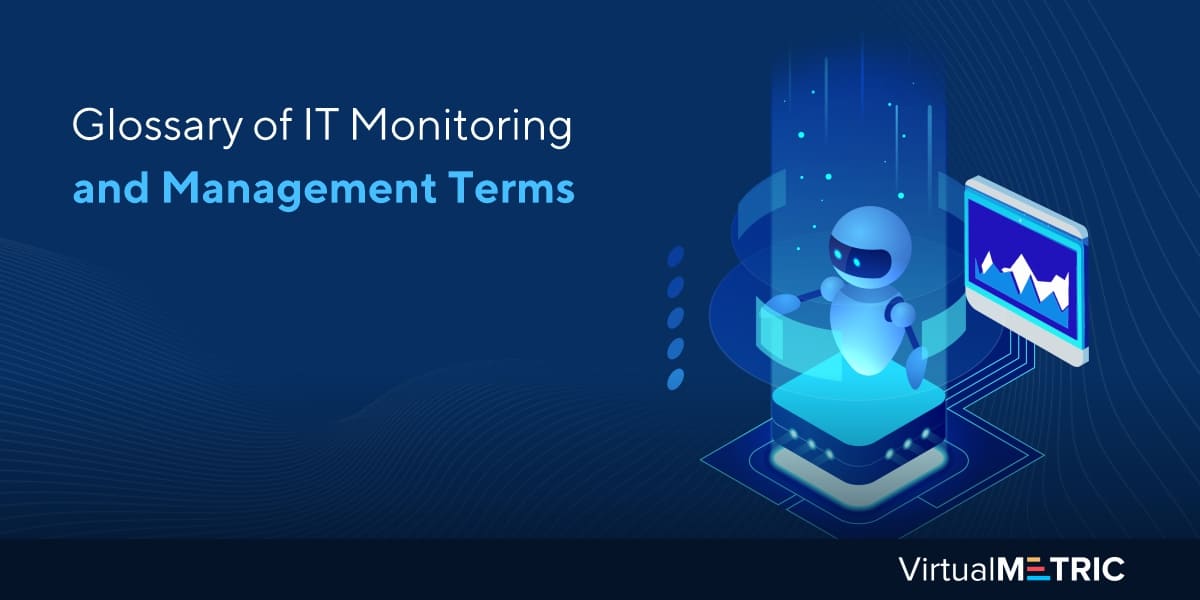
Leave a Reply